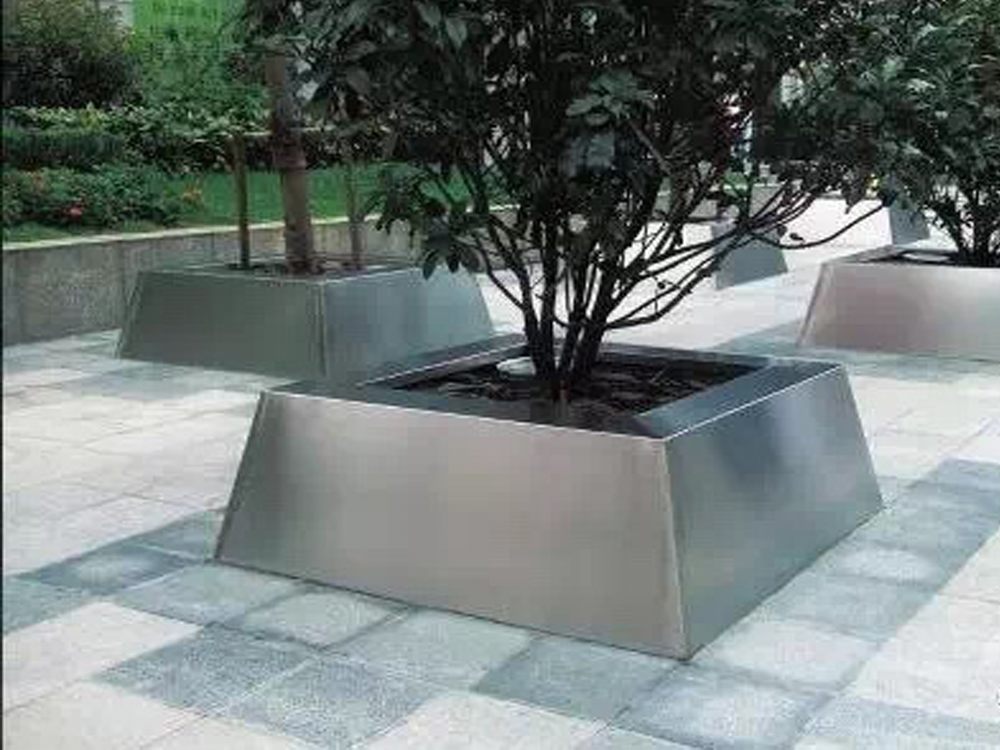
Bronze sculptures are prized for their durability and artistic value, but certain flaws can significantly diminish their worth in the secondary market. Understanding these issues helps collectors and sellers make informed decisions.
1. Surface Damage and Scratches
Dents, deep scratches, or abrasions can detract from a sculpture’s aesthetic appeal. Even minor damage may lower its market value, especially if restoration is poorly executed.
2. Patina Deterioration
The patina—a chemically induced surface finish—adds character and value. Fading, uneven coloring, or flaking patina reduces desirability, as it often indicates improper care or exposure.
3. Structural Weaknesses
Cracks, weak joints, or instability (e.g., leaning bases) suggest poor craftsmanship or mishandling. Buyers often avoid sculptures with visible structural issues due to potential restoration costs.
4. Authenticity Concerns
Missing signatures, unclear foundry marks, or dubious provenance raise doubts about authenticity. Reproductions or unauthorized copies are heavily discounted in the secondary market.
5. Overcleaning or Overpolishing
Aggressive cleaning strips away the original patina and details, making sculptures appear unnaturally shiny or lifeless. Collectors prefer pieces with natural aging.
To preserve value, store bronze sculptures in stable environments, avoid harsh cleaning, and document provenance. Professional appraisals can also help identify hidden flaws before buying or selling.
By recognizing these common flaws, collectors can better navigate the secondary market and protect their investments.

